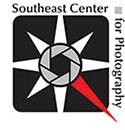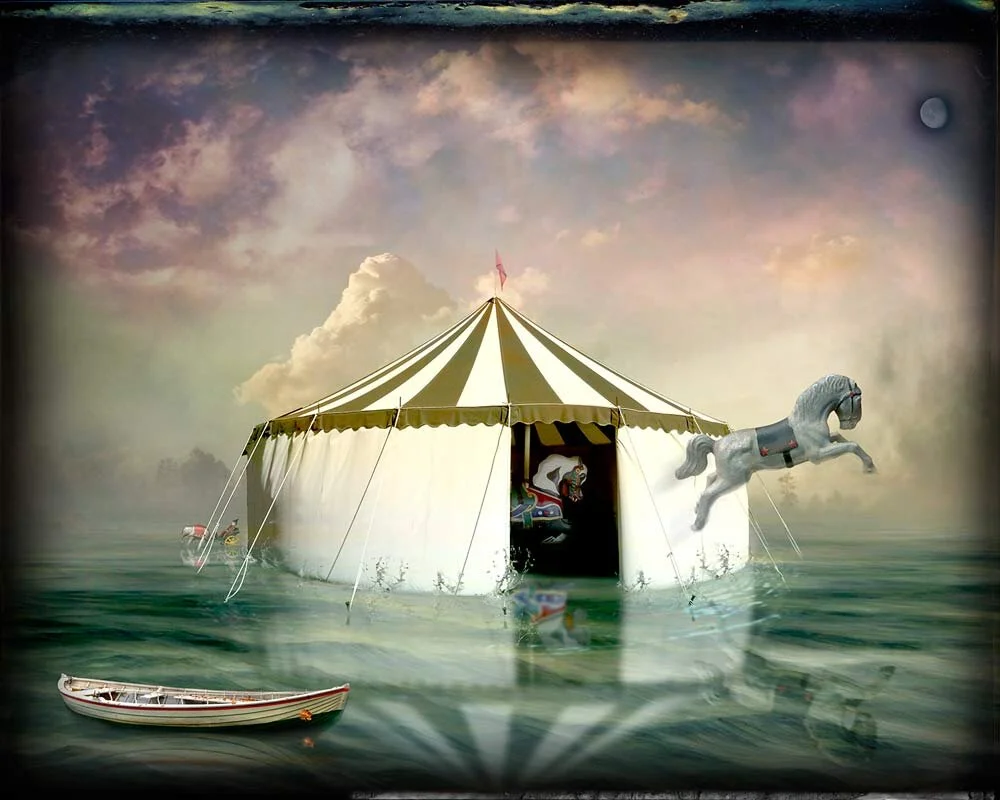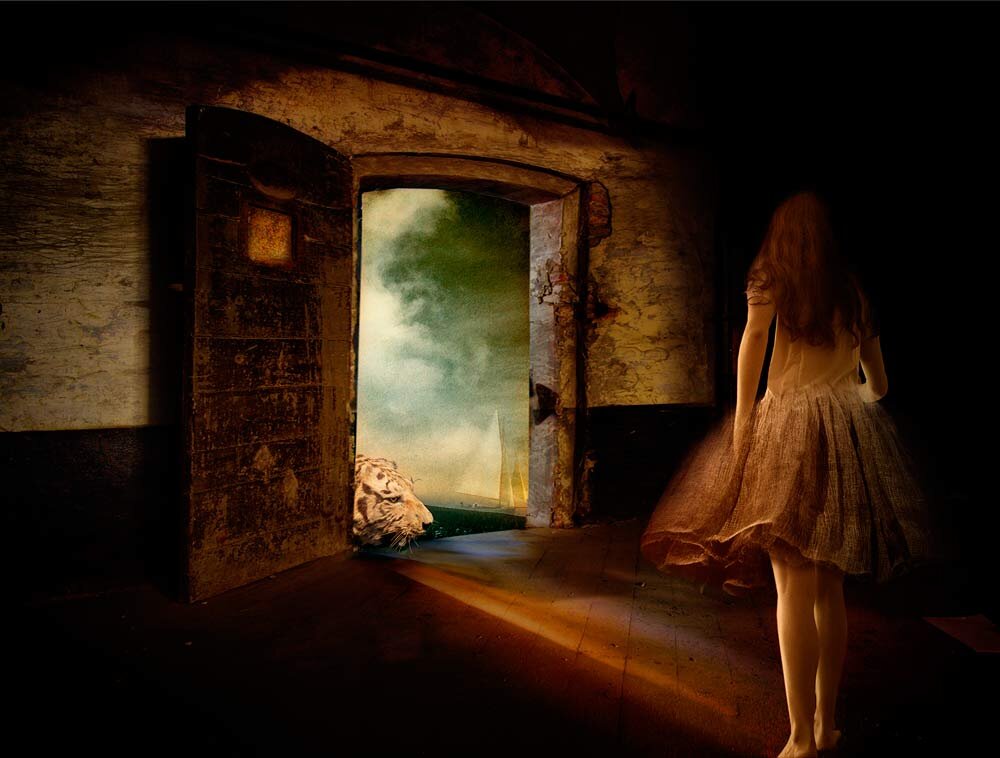Carousel ©Fran Forman
Fran Forman wanted to be an artist. She drew and doodled her way through her childhood in Baltimore, often sketching on school papers and text books.
Once in sixth grade, she had even doodled on a test paper. When her teacher, Mrs. Shapiro, handed it back, it had a perfect score and a comment:
“She wrote: ‘All this and art, too,’” Forman remembered. “I didn’t know what she meant. I thought she was mad at me.”
Forman loved to draw faces and wanted a subscription to Look magazine for her 13th birthday — not to see the photos, but to copy them with her pencils.
She continued drawing in college, but it never occurred to her to pursue art after graduation. “It felt too selfish,” she added, noting that it was the 1960s. People were going into professions to help people and change the world. So she chose social work.
“It sounded interesting,” she said. “I didn’t know what else to do to make a living.”
Time passed and she was getting deeper into her unlikely career. The next thing that happened would have been impossible to predict. She was in Mexico, surrounded by pre-Columbian sculptures with faces similar to the faces she drew. For the first time, she felt her own drawings had more meaning than she had given to them.
“I just had to try my hand at art,” she said.
Today, Forman is an internationally acclaimed artist who creates photo paintings from her own photos and other visual materials. She has a lengthy resume of awards, exhibitions and teaching engagements. Her work is in permanent collections, including the Smithsonian Institution’s National Air and Space Museum in Washington, D.C. Numerous prestigious galleries represent her.
How did she do it? Not with her pencils. And definitely not in a straight line. Think of her progression as “3-D”: design, darkroom and digital. Each skill she learned added to the dimension and depth to her work.
“It was serendipity,” she said, referring to all the twists and turns that propelled her into photography and her photo paintings.
Forman will teach other photographers about her photo paintings during two workshops at the SE Center for Photography in Greenville, South Carolina. Michael Pannier, the center’s founder and executive director, was delighted to book her for a couple of reasons.
“Her work is gorgeous,” he said.
Forman’s photo paintings are richly layered with light, color, shadows and mystery, suggesting solitude and transformation, especially for the characters she creates. The images also evoke a sense of theater, inviting the viewer to imagine a soliloquy and story while wondering what the artist envisioned.
But Pannier also appreciates Forman for her ability to forge relationships with photographers, adding: “She’s so open and giving.”
Deer Isle, Morning Visit © Fran Forman
And open to critiques from other photographers. During one of the SE Center’s recent Zoom sessions highlighting Forman’s 2020 book, “The Rest Between Two Notes,” she showed new, unfinished images for comment. A couple of photographers found inconsistencies in her Photoshop layers with lines that seemed off. She was grateful for the catch — knowing ambiguous editing could snare a viewer’s attention.
“I wouldn’t want what the viewer concentrates on to be a mistake,” she said. “It was helpful to get feedback.”
Let’s retrace Forman’s journey to finding photography and her own visual voice, going back to her undergraduate years at Brandeis University in Boston. Forman did study art along with sociology. But the faces she drew for her classes didn’t excite her art teachers, who favored abstract expressionism, which, she said, was popular at the time.
Forman earned her MFA in 1977, but had spent most of her time in the darkroom and making banners on the side. After graduation, she couldn’t figure out how to make a living as a fine art photographer. But she did get jobs designing banners, including one for a political movement about secession and another for a Boston Harbor market place. “People started to think of me as a banner designer,” she said.
So Forman abandoned photography and designed banners, signage and branding for several years. About 1989, as graphic designed shifted to digital technology, she upgraded her computer skills. She began using a computer to draw with a mouse.
Forman also started learning Photoshop shortly after it was released. The powerful software used a layer-based editing system enabling users to create and alter digital images. “I was slow — super slow,” she said. But she was back in the world of photography.
As she persevered, she learned how to create photo composites and montages, the foundation of much of her work today. “I would lose myself in the zone of it,” she said.
In 1992, she took a class in multimedia at Harvard University’s extension school. She said she was the oldest and least proficient student in the class, “but I worked the hardest and fell in love yet again.”
Tiger Approaching © Fran Forman
Forman’s work was accepted into numerous competitions. Books followed, including “Escape Artist,” published by Schiffer Books in 2014. It won a Best Photo-Book by Elizabeth Avedon and other awards.
“Escape Artist” also caught the eye of Roger Watson, then the director of the Fox Talbot Museum in Lacock, England, known as Britain’s birthplace of photography. The museum celebrates the work of William Henry Fox Talbot, who created the first photographic negative in 1835 of a window scene at his home.
In January 2015, Watson offered her a solo exhibit at the Fox Talbot Museum in October. The museum paid for all the printing, flew her to England for a week and wined and dined her.
“It was the highlight of my professional life,” she said.
Watson was the first to describe her work as photo paintings — and Forman has since referred to her work that way.
How does Forman create a photo painting?
It is a process without a specific end result in mind, she said.
She starts by finding one object of interest. “It could be a piece of architecture or the way the light falls on a wall,” she said. She then goes through her files fo populate the image in progress.
“There’s no logic,” she said. “Nothing is preconceived.”
She’ll find images of people from her photo files and refigure them or change the composition. Maybe she’ll find another figure. As she proceeds, she plays with light and color casts, moving colors and objects around to see how they relate to each other.
“A lot of times with light, light becomes a character,” contributing to the drama and mystery of the image, she said.
She also might study still frames from a film for inspiration. And she might not know what the image is really about until she completes it.
Forman became increasingly interested in telling stories through her work, emphasizing solitude and disconnection. These changes coincided with the 2015 exhibit in England — and with a major health crisis within her family.
It was a difficult time for Forman, turning her thoughts more philosophical and darker.
“My work became less whimsical and more about searching,”
she said.
In addition to creating photo paintings, Forman is an affiliated scholar at the Women’s Studies Research Center at Brandeis and teaches workshops nationally and abroad.
When Can we Travel Again © Fran Forman
And they’re popular. When the SE Center for Photography announced Forman would teach a workshop over Zoom in July on “Challenging Reality With Photo Montage,” it sold out within a few days, Pannier said. Forman has agreed to teach a second workshop later this year after a waitlist started to fill up.
To qualify, students have to know how to create composited images. Forman will give demonstrations, show her workflow and direct students to practice until all the commands become muscle memory. She said she teaches the same way she learned:
“I had to do everything over and over,” she said. “I was like a trained monkey.”
During the workshop, students will produce a piece of art and Forman will address what makes it work, from composition to vision. And if it succeeds, Forman may offer a compliment or two.
“I love getting compliments,” she said. But she had to pause when she thought about what she considers a compliment.
“If someone says there was a mystery to the image that drew them in,” she said. “When someone compliments the design. When the image resonates, when it makes them think about something or want to see more.”
She remembers watching a young boy and maybe his grandmother at one of her exhibits as they walked from image to image, commenting on each.
“To me, hearing them in dialogue about the images, it was heaven,” she said.
Just for the record, Forman said her most popular image is “Carousel Escape” from 2012. It shows a circus tent over a carousel in which one horse is circling and a second has escaped, leaping like a Lipizzan stallion into the open air.
In a way, Forman may be looking for an opening to escape or rather evolve. She’s eager to create more photo paintings. And eager to travel again.
That might do the trick. When Forman travels, she tends to have serendipitous encounters that lead to light bulb moments and new layers, both in images and life.
To see Forman’s work and learn more about her achievements, please visit her website at: www.franforman.com
The SE Center’s workshop series covers all aspects of photography and challenge, encourage and inspire the photographer in all of us. During the workshops, our complete focus is on you, the photographer.
For more about the series and other events at our fine art photography gallery please visit our Workshops page.








